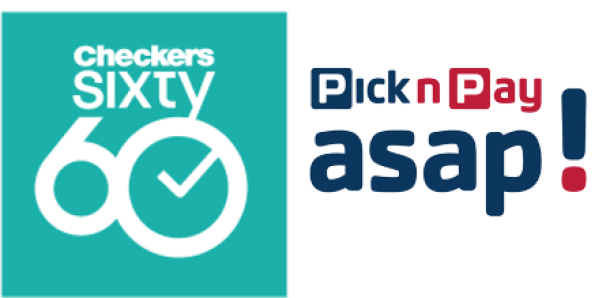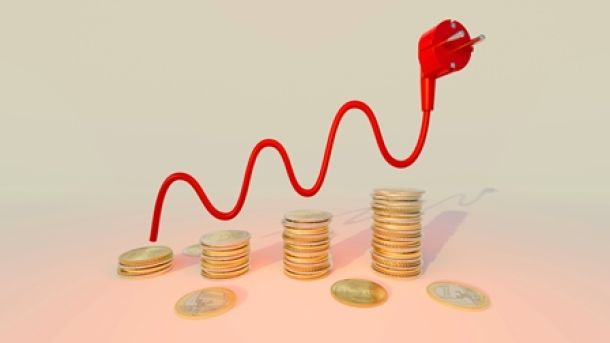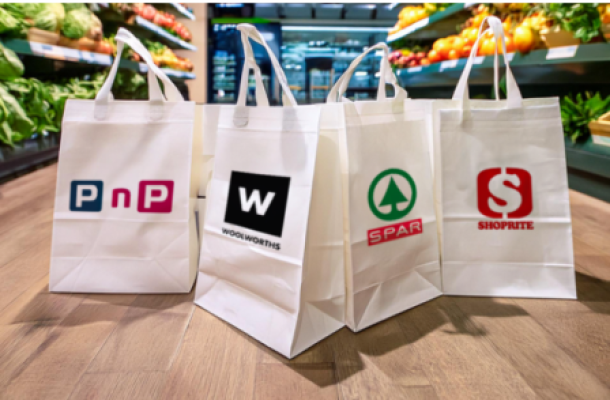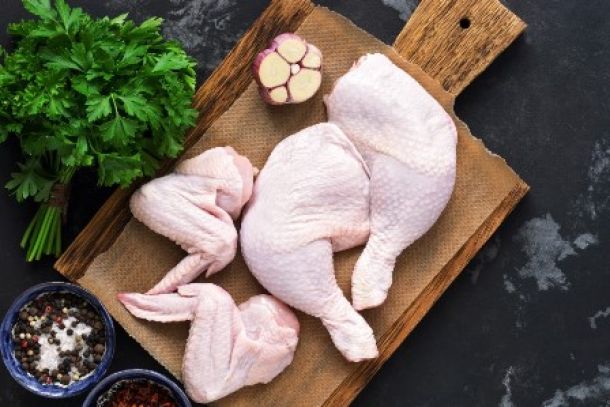Savvy consumers spent less in every consumer sector other than in-home food last year
Whilst 2014 marked the fastest rate of economic growth in the UK since 2007, it seems that UK consumers continue to showcase their savvy-shopping habits acquired from the downturn.
Indeed, new research from Mintel’s flagship British Lifestyles report, which tracks the activity of all consumer sectors in the UK, shows that over the past year consumers are more likely to have spent less in every area from holidays to home and garden products, apart from in-home food.
Whilst one in six (17%) said they spent more on in-home food compared to one in seven (14%) who claimed to spend less, overall the research shows that Brits saved their pennies. The top three areas that UK consumers cut their spending on in 2014 were eating out, with over a third (36%) saying they spent less over the past year, alcoholic drinks out of the home with 35% spending less and leisure and entertainment with 34% agreeing they cut their outgoings.
In comparison, just one in eight (15%) said they spent more on eating out over the past year, whilst 14% said they spent more on holidays and the same proportion (14%) on technology and communications.
Ina Mitskavets, Senior Consumer and Lifestyles Analyst at Mintel, said: “The savvy shopping habits that people have adopted during the slowdown are deeply engrained and there is still a lot of ground to make up. Even though the growth in the economy has picked up in earnest over the past year, households have not yet seen a sustained period of earnings growing above prices in the shops, meaning that for many Britons the recovery is yet to trickle down to their pockets. Demand for products and services that could be considered luxuries or those that carry a more premium price tag has proved to be weak, as consumers continued putting more money into savings before committing to a purchase.”
However, not everyone is having to cut back. Higher earners are feeling the benefit of the recovery more than most, and their spending habits reflect this. Over the past year, 21% of UK consumers who have a gross annual household income of £50,000 or over say they've spent more on in-home food, compared to 14% of those with an income £15,500. What's more, a quarter (26%) of those who have a household income of £50,000 or over say they've spent more on holidays, compared to just 7% of those with an income £15,500.
This growth in spending among higher earners has helped push up overall consumer expenditure. Mintel’s research shows that total spending in 2014 reached £1.14 trillion, marking a 6.1% rise on 2013. What’s more, all the individual consumer expenditure markets covered by Mintel’s research are expected to rise in value between 2014 and 2019, propelled by increased consumer confidence and spending. Mintel estimates UK consumer expenditure to rise by 27% in the next five years to reach £1.44 trillion in 2019.
“The story of the prolonged downturn and the subsequent recovery has been one of a growing divide between the haves and the have-nots. The recovery remains uneven, with people on lower incomes still finding life hard, which will curb their enthusiasm for and ability to spend,” Ina added.
Mintel’s British Lifestyles report charts the winning and losing sectors of seventeen UK consumer markets. Highlights from the research include:
Grocery shoppers ditch the discounts
Whilst the UK in-home food market has received widespread attention in the past few years due to the rise of the discount supermarkets, Mintel’s research suggests that consumers are turning away from supermarkets’ value products. The proportion of people buying economy own-label products fell from 56% in 2013 to 46% in 2014, indicating that people are more willing to spend extra for products where higher quality and/or added value justifies it. Furthermore, showing evolving consumer palates, UK sales of game meat rose 9% between 2013 and 2014 with this market expected to grow further in 2015.
Inflation has been the major driver of value growth in the in-home food market in recent years, helping to fuel the 14% increase in sales between 2009 and 2013. However, with the fall in food retail prices throughout the second half of 2014, retail sales edged up just 0.3% year on year to £77.02 billion.
Bitter-sweet fortunes for non-alcoholic drinks
After seeing strong growth between 2009 and 2013, with the market rising from £15.89 billion to £18.04 billion, the non-alcoholic drink sector stagnated in 2014. Consumer concerns over the sugar content of some non-alcoholic drinks had a tangible effect on usage of certain drinkers in 2014 with one in five (21%) fruit juice, juice drinks or smoothie buyers saying they limit how much fruit juice or smoothie they buy because of the high sugar content and over half (53%) of squash or cordial drinkers agreeing that there’s too much sugar in standard squash or cordial to drink it regularly. Meanwhile, a quarter (25%) of consumers claimed to be drinking fewer carbonated soft drinks, with half (50%) citing sugar as a factor.
With over a third (35%) of Brits spending less on drinking alcoholic beverages over the course of the year, and a quarter (27%) saying the same for drinking in the home, the long-term decline in alcohol consumption is however expected to provide an ongoing opportunity for non-alcoholic drinks operators, given consumer openness to some non-alcoholic drinks as alcohol alternatives.
Beard-boom leads to hairy days ahead for the Beauty and Personal Care market
Whilst the beauty market traditionally performs well in times of recession, as overall consumer confidence has strengthened, market growth in many areas of the beauty sector has stalled, with growth seen at just 2.3% between 2013 and 2014. Over the past year, women turned towards cheaper facial skincare products, with 53% of women using facial soap in 2014, compared to 36% in 2013. What’s more, the fashion for facial hair on men has continued a deflation of sales in the shaving and hair removal markets. Indeed, whilst two fifths (42%) of UK consumers agree that it is fashionable for men to have beards, sales of razors and blades declined by a further 3.6% in 2014.
Smoking cessation sales are stubbed out, whilst the sexual health sector soars
While over two-thirds (69%) of Brits spent the same amount on OTC and pharmaceuticals in the past 12 months, the market is predicted to see slow and steady growth over the next five years. Within this category however there are mixed results. Smoking cessation sales declined by 4% in value in 2014, the first decline in the value of the market in the last five years, as a result of the rising popularity of E-cigarettes. However, after seeing a number of years of slow growth, sexual health saw a rise in value of 8% in 2014, with the sector benefiting from product innovation.
News Category
- International retailers
- On the move
- Awards and achievements
- Legislation
- Wine and liquor
- Africa
- Going green
- Supplier news
- Research tools
- Retailer trading results
- Supply chain
- Innovation and technology
- Economic factors
- Crime and security
- Store Openings
- Marketing and Promotions
- Social Responsibility
- Brand Press Office
Related Articles

Checkers Sixty60 wipes floor with Pick n Pay As...

Top tips for consumers to combat escalating ele...

Clear winner in South African retail battle

Drinks survey reveals Rooibos as a top choice a...


